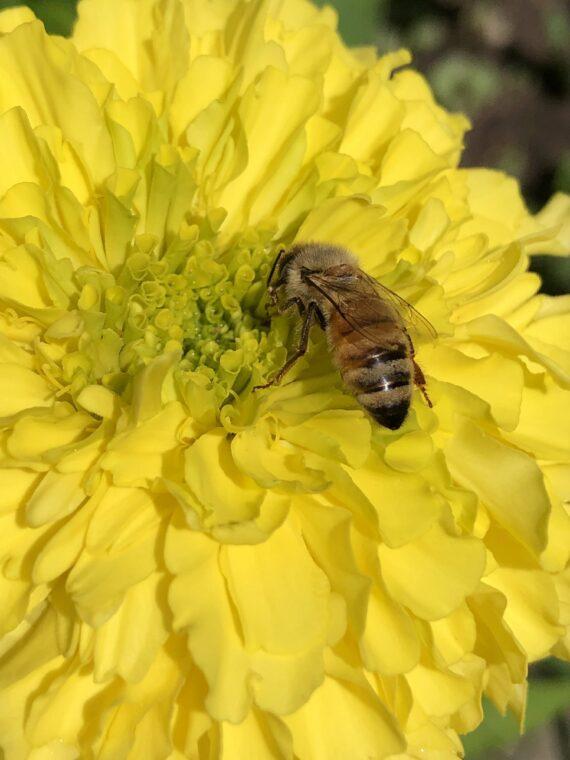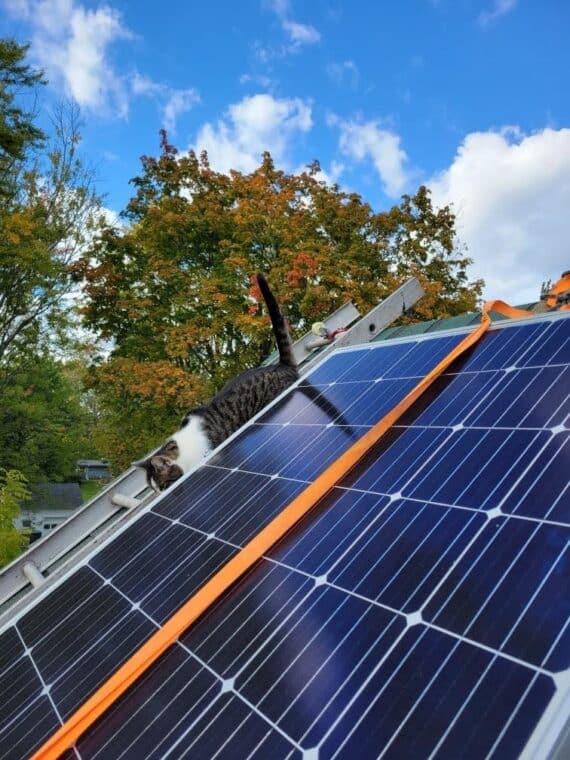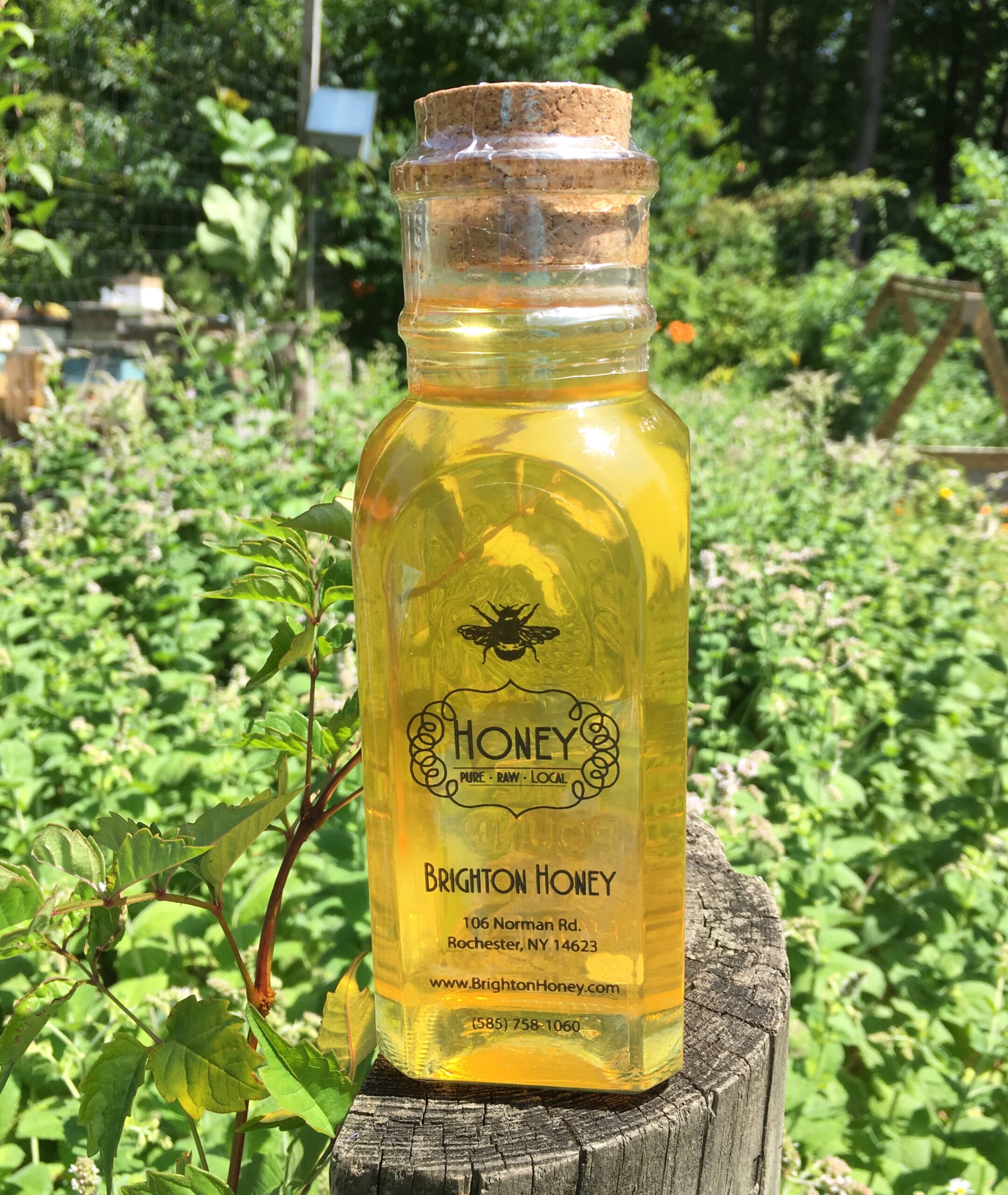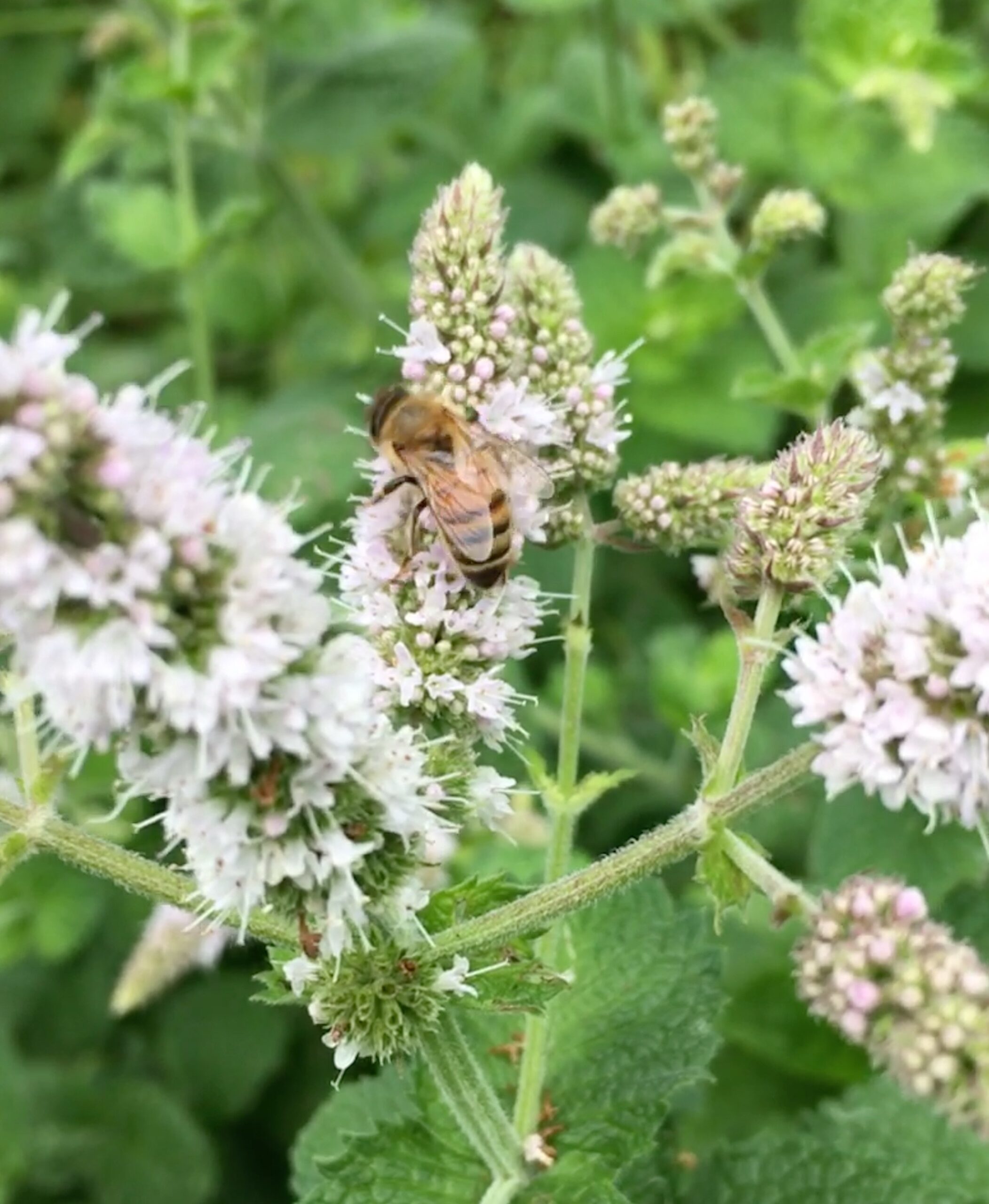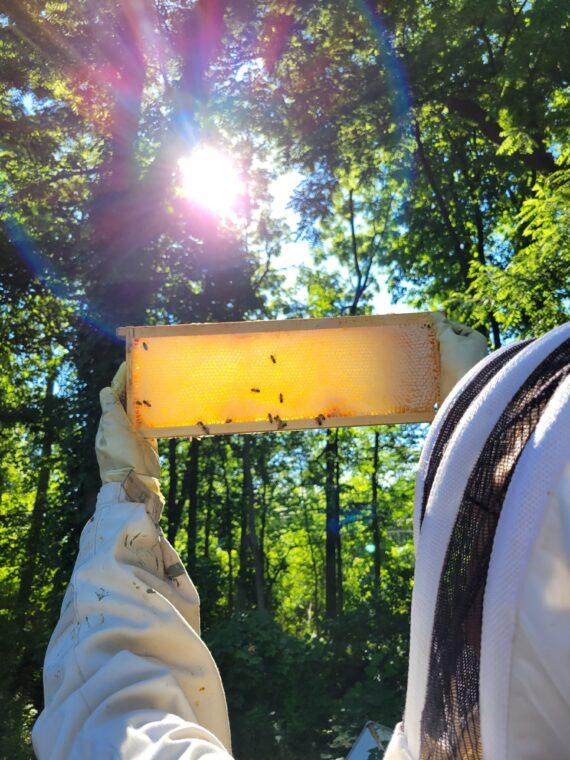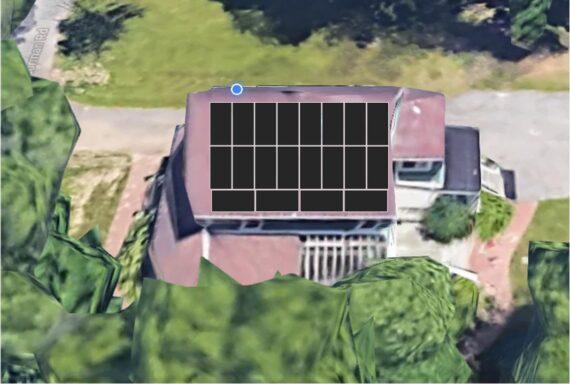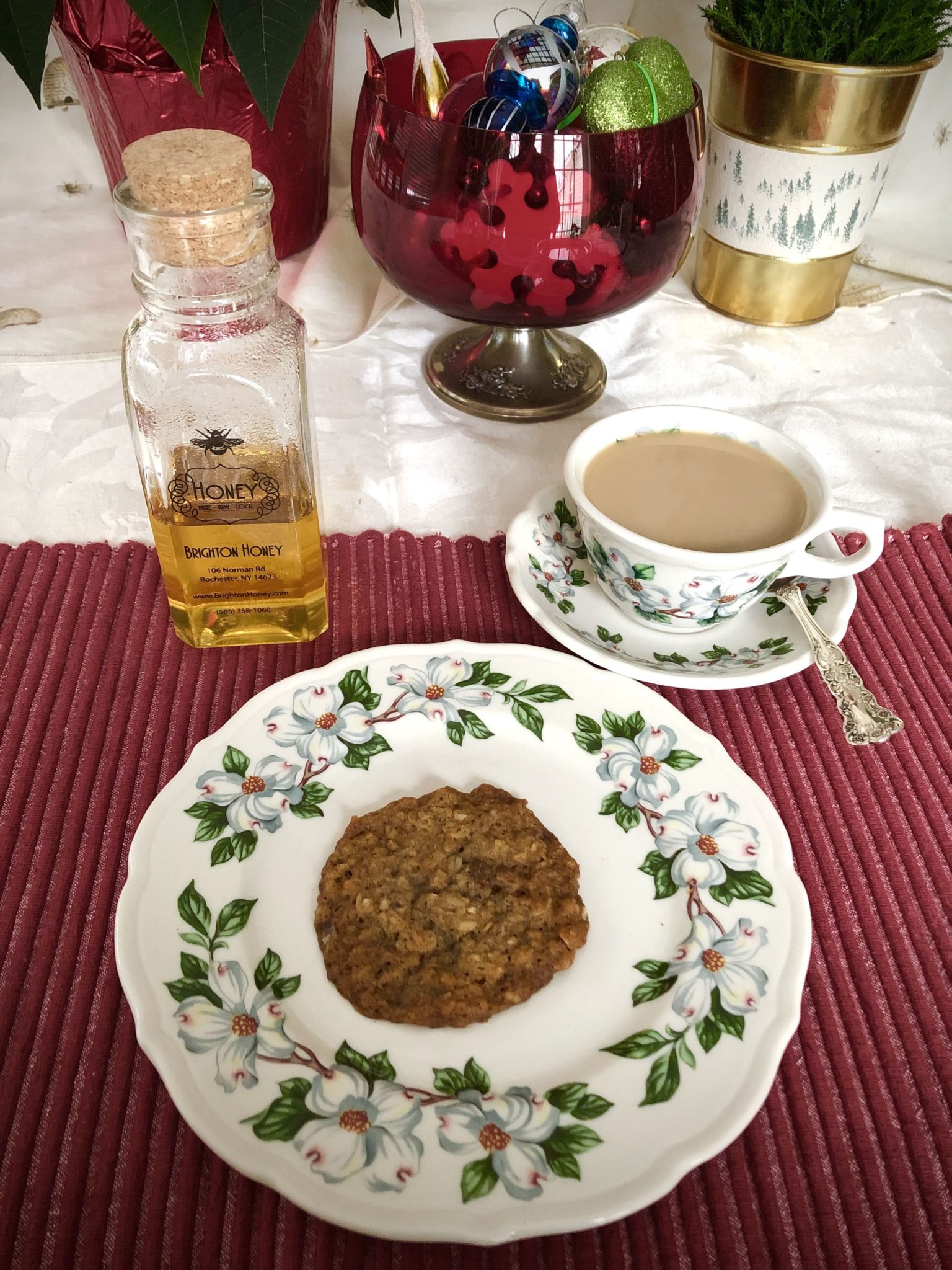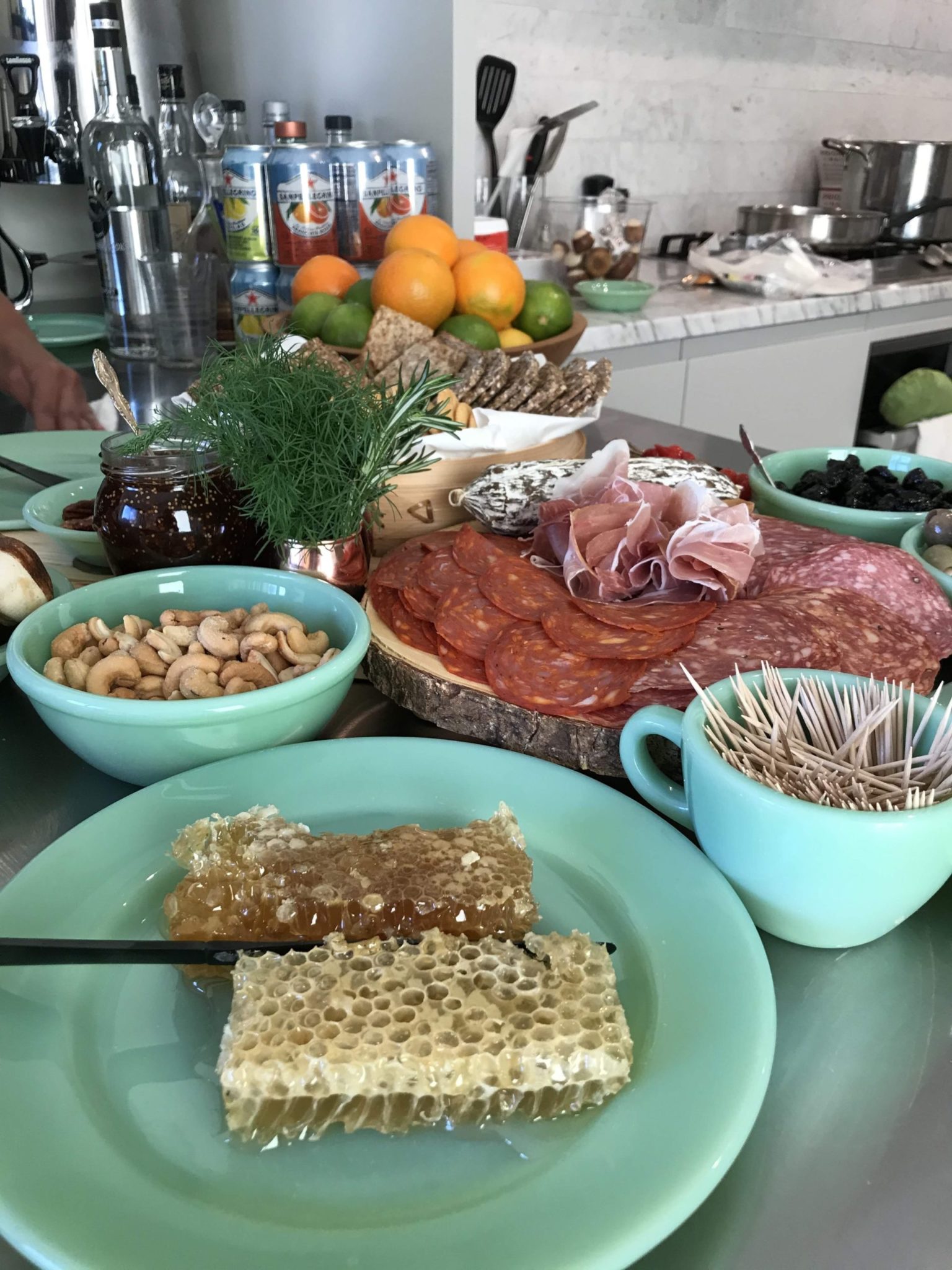Every third Saturday of August, a vibrant celebration takes place in honor of some of nature’s most diligent workers – honeybees. National Honeybee Day, observed annually, is a day dedicated to raising awareness about the significance of honeybees and the crucial role they play in our ecosystem. As these incredible […]
Ward
I finally got around to adapting the existing scripts to crunch the data from the house. Charting solar performance data is a great way to keep track of the output from your home’s solar array. By plotting relevant metrics such as total energy output, peak hour production, and more, you’ll […]
Looking for honey made right in your area? It’s easier than you think to locate the best local honey near you. With these tips, you’ll be able to find fresh, delicious honey made by beekeepers in your area, supporting their business and helping the environment. Identify honey producers in your […]
Have you heard the buzz about local honey and its potential health benefits? Proponents argue that local honey can be used as an all natural treatment to help alleviate allergy symptoms in some people. Read on to find out more about what the research says and how to incorporate local […]
Raw honey is a natural sweetener that offers many health benefits compared to processed sugars. It contains vitamins and minerals, enzymes, probiotics, and other components that can promote gut health, reduce inflammation, and help boost the immune system. Learn more about the potential health benefits and how to use it […]
Solar Roof Install: A Personal Goal This year I fulfilled a personal project of installing solar on my house. A few years back I installed solar on my garage. The house project started with replacing the roof. The roof had 3 layers of shingles one of which was the original […]
I wanted to try making a video of the bees using the slow-motion function on my phone and finally got around to it
Cold winter afternoons are perfect for hot tea and a cookie. Oatmeal cookies have been a long-standing favorite for quite a while. It always was a blissful day when the box of oatmeal cookies came in the mail from my mother when I was away at college
Cooking for a group in an NYC kitchen is challenging however it didn’t me stop me from going all out! While the main dishes are an important element and required careful planning to cover myriad modern dietary restrictions
Anyone can create a welcoming garden for pollinators. Turning your own yard or other property such as a schoolyard, work landscape, or roadside green space into a pollinator habitat is fun, easy and can make a difference for birds also. Planting a few flowers for your honey bees is like adding a few gallons of water to the ocean. Honeybees need on average about a square mile of good cover to forage on. However, adding a diverse mix of flowering plants to your garden will also attract butterflies, moths, hummingbirds, along with native bee species and the occasional wasps. These insects are essential to our survival and need to be welcomed into at the least a corner of our backyards. Besides providing a food source for pollinators flowers provide cover for other wildlife such as birds and also reduce neighborhood mowing area.
